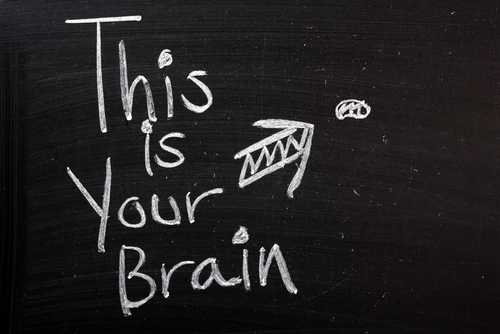
December 11, 2014

Source: Shutterstock
Erickson’s main character, Charlie, begins the book as a normal, good hive-person trying to live an upright life, but he’s hijacked by a drugged, rebellious version of his younger self, and the plot gets weird”genuinely so”from there. The mutilation of human vision is mined repeatedly and effectively as a metaphor; anyone who deviates from what others want to see is labeled, often comically inappropriately, as a “white nationalist.”
The most unusual thing about this dystopia”aside from its portrayal of leftist intolerance as not righteous but an evil”is its calmly delicious, drily funny tone: it’s wickedly humorous in its portrayal of the horrible things we let ourselves do in the name of good. Delicious little tastes of satire are scattered throughout:
I know you understand what I”m talking about because “electronic haze” is a phrase I remember you using … It has spilled out into the streets and parks; it permeates the atmosphere, and it blankets every surface”every gray, drab surface. The endless variety of virtual reality coats the withered old reality. It is like make-up on a corpse.
This is the first volume of a trilogy, so the later books may prove me wrong, but so far there seems to be no easy solution, no simplistic “muggle” villain. For all the feeling of menace and horror, every “bad guy” in Erickson’s world is a human being, in every dirty and uncomfortable sense of those words.
The problem with humanity in Erickson’s world isn”t some weird outside force. It’s not white racist trash, not “those people,” nor even the miasma of capitalist oppression”it’s human stupidity, secrecy, intrigue, cupidity, curiosity, and malice. Each character displays mere ordinary human levels of bad intention and weakness, but it all adds up to a mindscape in which anomie is disproportionately powerful. It takes quite a few idiots to dig a mass grave.